20+ Years Experience
Specialist Alcohol Help

Underage drinking and alcohol abuse is a pressing issue that impacts millions of lives across the globe.
How can we better understand and address this multifaceted problem that affects not only the adolescents themselves but also their families and communities?
In this comprehensive blog post, we will delve into the reality of teen alcohol consumption, its impacts on adolescent development, and the various factors contributing to this growing concern.
By the end, you will be equipped with practical tools and strategies to support teens struggling with underage drinking and alcohol abuse and work together as a community to effectively combat this issue.
It is a sobering fact that individuals aged 12 to 20 consume 3.4% of all alcohol consumed in the United States.
Illicit use of alcohol by young people is the most widespread form of substance abuse among children and teenagers who drink alcohol.
Around 25% of 14- to 15-year-olds confess to having consumed alcohol at least once in their lifetime, indicating that drinking alcohol is a common issue among this age group.
Additionally, the National Survey on Drug Use and Health (NSDUH) highlights that 20,9% of individuals between the ages of 14 and 15 reported having consumed alcohol at least once.
Adolescents commonly gain access to alcohol through family members or by locating it at home, leading to risky behaviours such as unprotected sex.
At the age of 14, the rate of alcohol consumption is approximately equal among White, and Black youth, and Hispanic youth, even if it’s just a few sips.
It is crucial that there is a policy of zero tolerance with regard to the use of alcohol by those under the legal age.
The prevalence of underage drinking is a cause for concern on a national level due to the potential implications it can have on individuals of all ages and drinking statuses, including those who binge drink alcohol.
Various components such as peer pressure, stress, environmental influences, family history, and societal norms contribute to underage drinking.
Peer pressure is the influence of people around young people, including family members, media, and the surrounding community, that can result in underage drinking.
Young individuals may experiment with alcohol and other substances to assert their independence and establish their identity, as well as to challenge authority figures.
Environmental influences, such as films, television, and alcohol advertising, can create an impression that consuming alcohol is an indicator of independence and popularity.
Social media can make an individual feel excluded or that their lifestyle is inadequate if they do not consume alcohol.
Family history may also be a contributing factor to underage drinking at a young age, as children may be more likely to consume alcohol if their parents or other family members have a history of alcohol abuse and alcoholism.
Societal norms can have an impact on the consumption of alcohol by individuals under the legal drinking age, as young people may feel a certain level of pressure to drink in order to be accepted by their peers.
Alcohol consumption during adolescence can have a detrimental impact on brain development, emotional well-being, and decision-making capabilities.
Alcohol consumption often begins during adolescence and increases with age. Recurrent alcohol consumption can have a deleterious effect on areas of the brain that manage learning, memory, speech, as well as visual and spatial thinking.
The familial background is a potential risk factor for alcohol use disorder, with an increased risk associated with certain family histories.
Early alcohol consumption may result in long-term repercussions, including an augmented hazard of addiction, hindered brain development, cognitive impairments, an over weight gain, augmented risk of mental health issues, a higher prevalence of alcohol problems and dependence, and an augmented risk of cancer, kidney damage, and physical dependence.
Those who indulge in drinking usually experience significant difficulties in their academic pursuits. Studies have revealed that young people who confess to binge drinking are 4 to 6 times more likely than non-imbibers to miss classes.
High schoolers who partake in regular drinking are 5 times more likely to abandon their studies, and drinking is related to 40% of all academic issues in college.
Of those students who drop out prior to obtaining their degrees, 28% attribute problem drinking as at least one drink of the causes.
Recognising signs of teen alcohol use disorders and abuse is crucial for early intervention. The American Psychological Association (APA) has identified certain risk factors which may be applicable to younger individuals, and the criteria for the diagnosis of an alcohol use disorder is consistent across demographic factors.
Signs of teen alcohol abuse and alcoholism may include the concealment of alcohol containers in their room, an aroma of alcohol on their breath, an abrupt shift in behaviour, a waning of enthusiasm for hobbies and interests, and a marked decline in academic performance, all of which can be indicators of alcohol abuse and alcoholism.
A real and proper diagnosis of an alcohol use disorder can only be done by a professional mental health clinician who is certified or licensed.
Such professionals are the best equipped to identify and diagnose such conditions and offer the appropriate treatments.
Binge drinking poses additional dangers for teens. Binge drinking is characterised as a pattern of drinking that elevates blood alcohol concentration (BAC) to 0.08% or higher.
The American Psychiatric Association defines binge drinking as five or more drinks consumed by males in one sitting and four or more drinks for females.
This is considered the benchmark for determining this type of alcohol abuse. More than 90% of all alcoholic drinks consumed by underage drinkers are consumed through binge drinking, with 3.2 million youth ages 12 to 20 reporting engaging in binge drinking at least once in the past month, and approximately 613,000 youth ages 12 to 20 reporting binge drinking on five or more days over the past month.
Adolescents are more prone to alcohol poisoning due to their decreased capacity to metabolise alcohol, which leads to a higher probability of intoxication and a prolonged period of inebriation in comparison to more mature drinkers.
Alcohol poisoning can cause a range of negative effects. These include vomiting, confusion, impaired judgment, slow or irregular breathing, loss of consciousness, a decrease in body temperature and blood sugar levels, and in some cases, seizures or death.
Binge drinking brings serious consequences to our health, which can be particularly problematic during an adolescent’s development. It can lead to long-term health risks such as organ damage and mental health conditions.
Preventing binge drinking involves education, awareness, and promoting responsible behaviour among teens.
To set limits and adhere to them, it is essential to be cognizant of your own drinking habits and to be aware of the amount being consumed.
It is also imperative for older drinkers to be aware of the risks associated with binge drinking and to be mindful of the repercussions of drinking excessively.
In order to resist peer pressure, it is essential to be cognizant of one’s own values and convictions and to be assured in one’s choices.
Additionally, it is imperative to be mindful of the potential hazards of alcohol-related injuries due to excessive drinking and to be aware of the repercussions of over-consumption.
Parental involvement plays a crucial role in combating underage drinking. Parents are pivotal in deterring underage drinking by offering support, establishing limits, and engaging in their children’s lives.
If parents provide alcohol to their offspring (even in small amounts), have a favourable outlook towards drinking alcohol, and partake in alcohol misuse, adolescents are more likely to drink and misuse alcohol.
It would be wise to suggest initiating a dialogue with your child about alcohol at an early age and continuing the conversation throughout their development and becoming a positive role model.
Establishing clear boundaries and consequences for underage drinking can help discourage teens from engaging in alcohol consumption.
Parents can discourage underage drinking by offering assistance and guidance, establishing definite regulations and sanctions, and participating actively in their children’s lives.
Underage drinking, also known as underage alcohol consumption, can result in significant health and legal ramifications, including physical and psychological damage, compromised judgment, and augmented risk of alcohol dependency.
Supporting teens struggling with alcohol abuse involves understanding their challenges, providing access to professional help, and offering a safe space for open communication.
Adolescents may confront a range of difficulties in relation to alcohol misuse, including peer pressure, inadequate understanding of the risks of alcohol use, and difficulty in recognising the indications of alcohol misuse.
AUD intervention by trained professionals is a professional treatment option available for youths who have experienced serious issues due to alcohol consumption.
Parents can offer patience, love, and support, which can be of great importance in ensuring their extended rehabilitation.
Additionally, seeking guidance from the national institute on Alcohol and abuse can provide valuable resources and information for families dealing with AUD.
It is advisable for a teenager to seek advice from a reliable adult, such as a family friend, older sibling, or school counsellor, if they have concerns about their own or a friend’s alcohol consumption.
Community efforts, including schools and local organisations, can play a significant role in preventing underage drinking through education, awareness campaigns, and providing resources for teens and their families.
Education and awareness campaigns can aid in elevating cognisance of the dangers linked to underage drinking and furnish adolescents with the data they require to make prudent decisions.
Assistance for teens and their families is available in the form of support groups, counselling, and educational programs, such as those offered by the National Institute on Alcohol.
These resources can help to increase awareness of the risks associated with young people with underage drinking and provide them with the necessary means to make informed decisions.
If a 16-year-old is caught with alcohol, they could face a fine, an arrest or be put on a social contract. It is illegal for an adult to buy alcohol for someone under 18.
Drinking alcohol in public is against the law.
The long-term consequences of early alcohol and drug use include an increased risk of addiction, hindered brain development, cognitive impairments, mental health issues, behavioural problems, and physical dependence.
These potential risks are serious and should not be taken lightly.
Parents can effectively help prevent underage drinking by setting clear boundaries and consequences, establishing limits, providing support, engaging in their children’s lives in healthy ways, and initiating conversations about alcohol early on.
Setting clear boundaries and consequences is an important step in preventing underage drinking. Parents should make sure their children understand the consequences of drinking, such as legal repercussions and health risks. Establishing limits is also important. Parents should set limits on when and where their children should go.
Signs of teen alcohol abuse include the concealment of alcohol containers, an aroma of alcohol on their breath, sudden changes in behaviour, disinterest in hobbies and activities, and lowered academic performance.
These signs can be difficult to spot, but it is important other parents to be aware of them in order to intervene and help the teen. If you suspect that your teen is abusing alcohol, it is important to talk to them and seek professional help.
Community efforts, like educational initiatives, awareness campaigns and the provision of resources for adolescents and their families, can play an important role in helping prevent underage drinking.
These efforts can include providing information about the risks associated with underage drinking, as well as providing resources for parents and other adults to help them talk to their children about the dangers of alcohol.
They can also include providing support for their customers.
In conclusion, underage drinking is a multifaceted issue that demands a comprehensive approach involving individuals, families, and communities.
By understanding the reality of teen alcohol consumption, recognising signs of abuse, addressing binge drinking and its dangers, and involving parents and communities in prevention efforts, we can work together to create a safer environment for our youth.
There are a range of other services that we can provide. Have a look at the list below for more information:














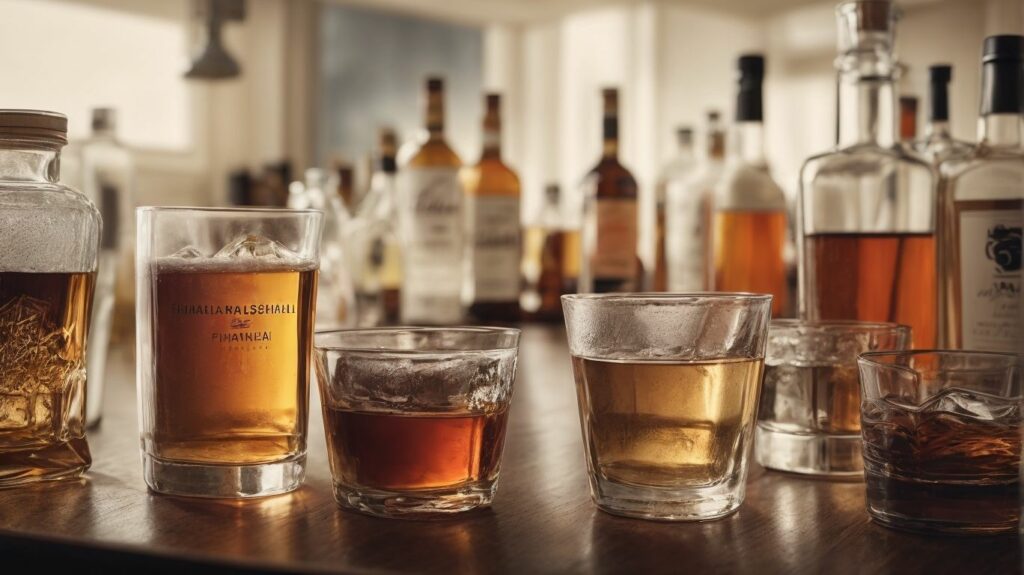














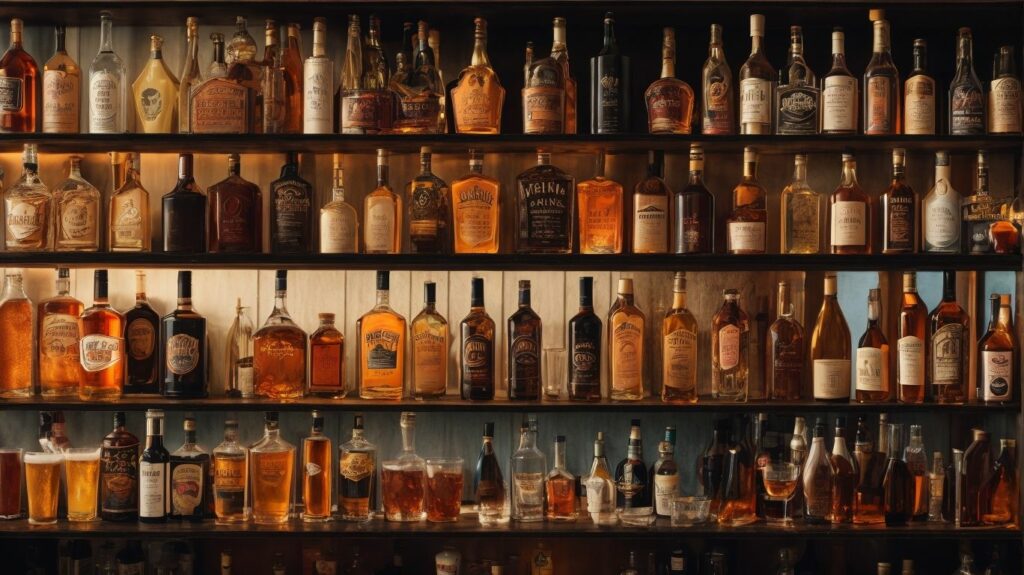




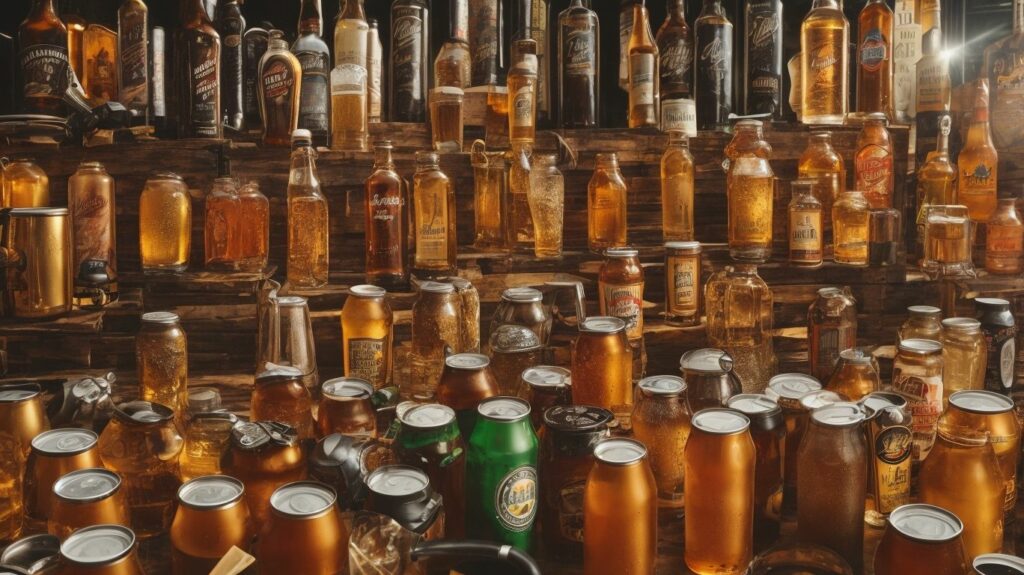


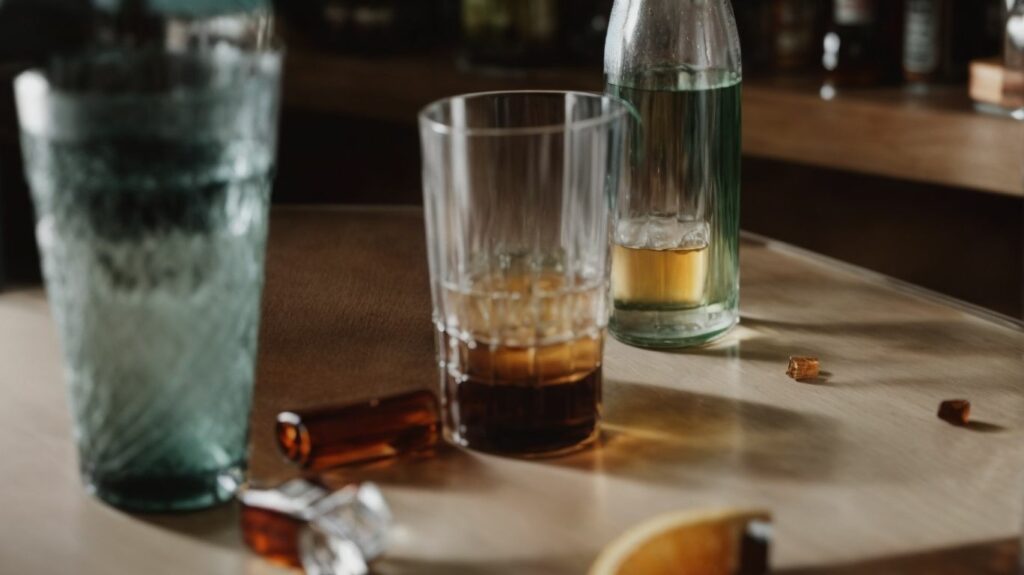

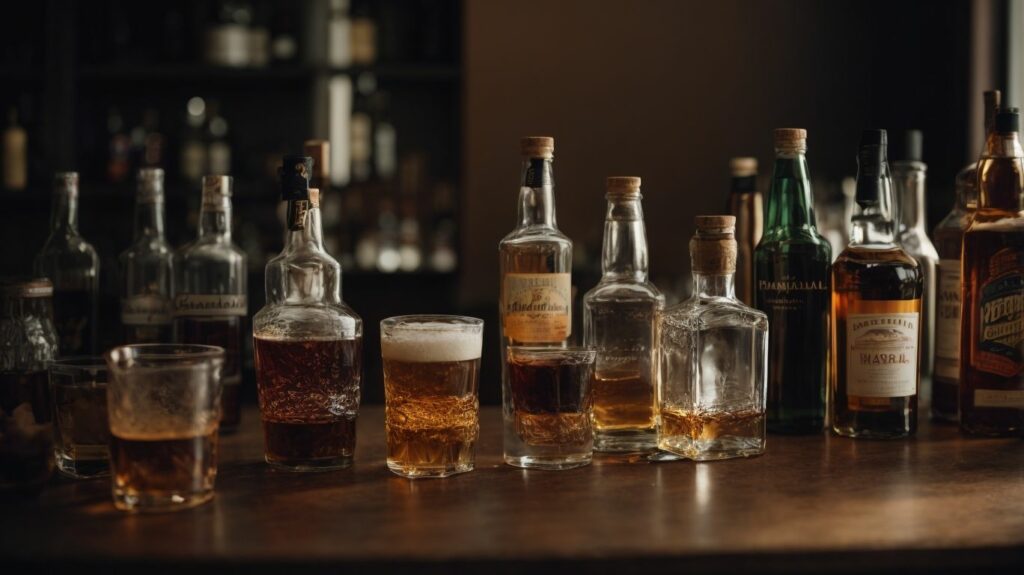

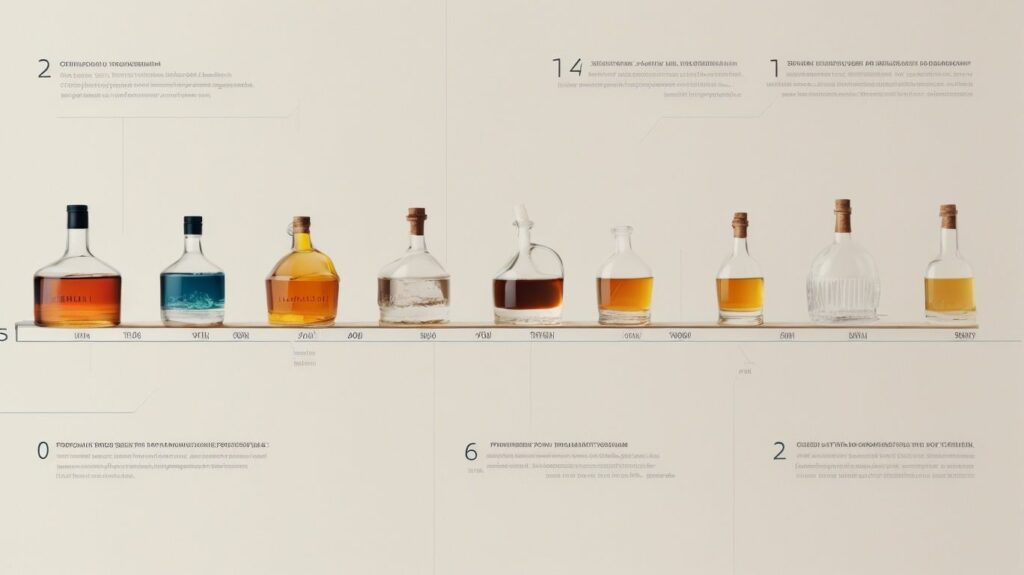
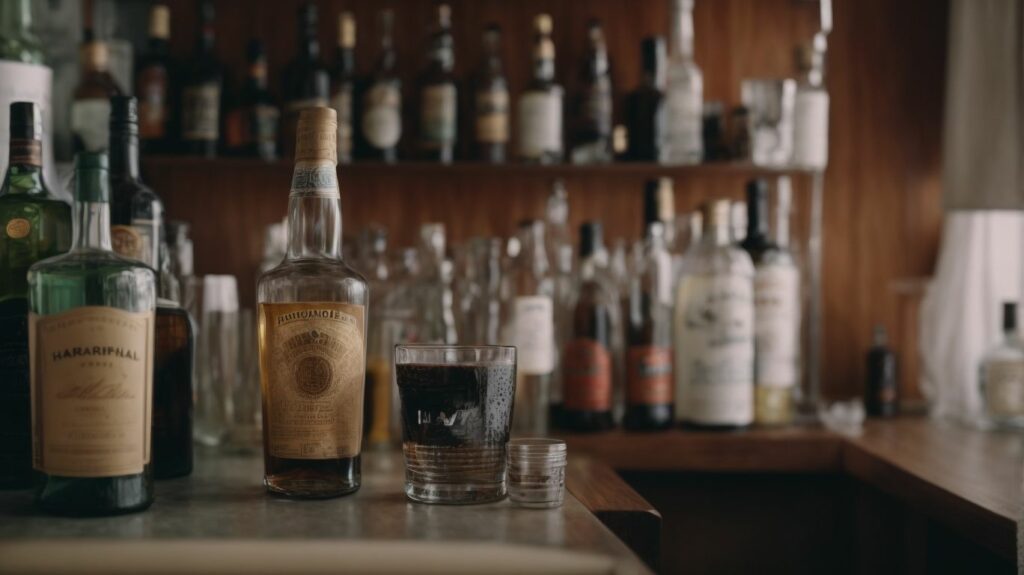
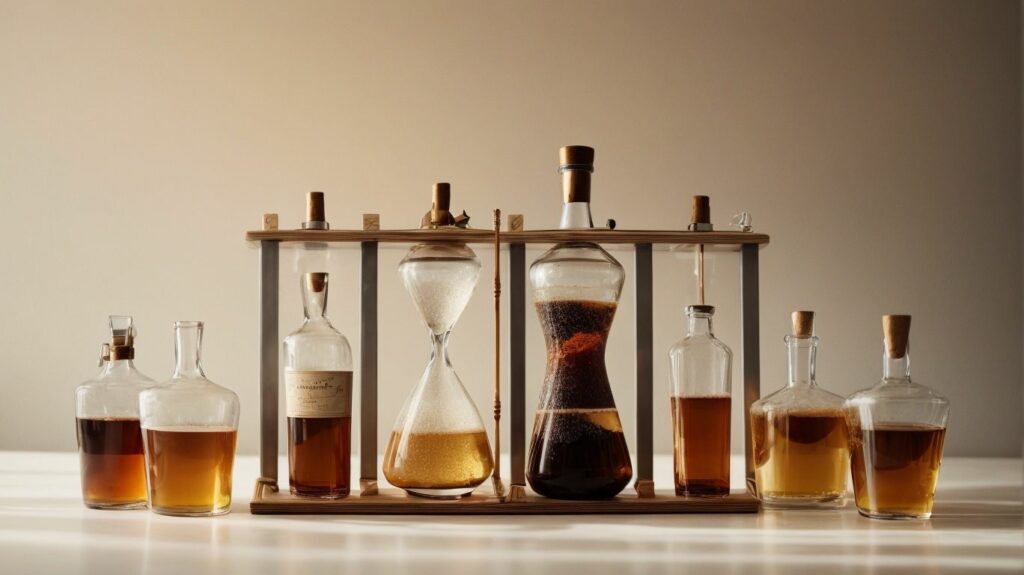



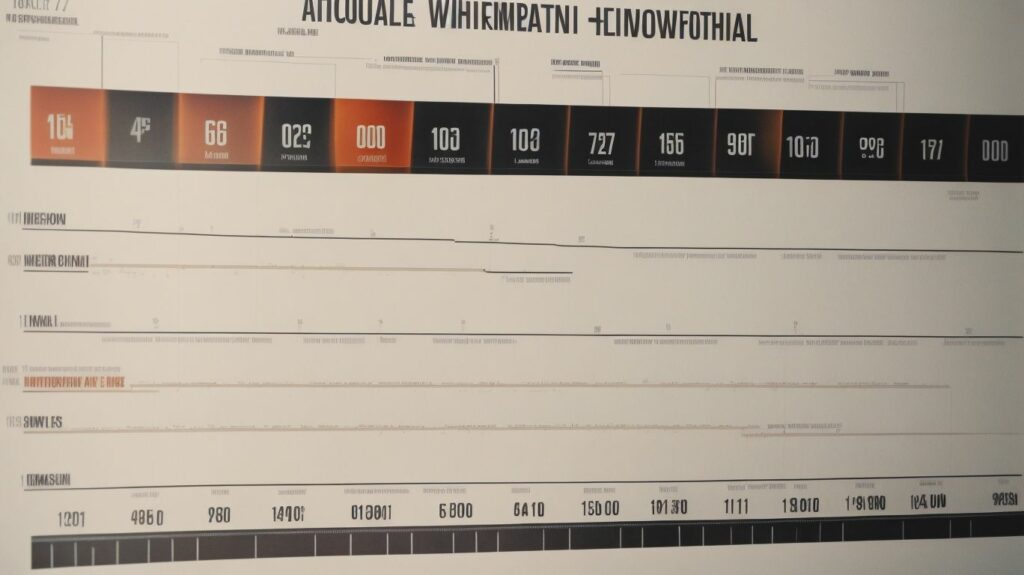




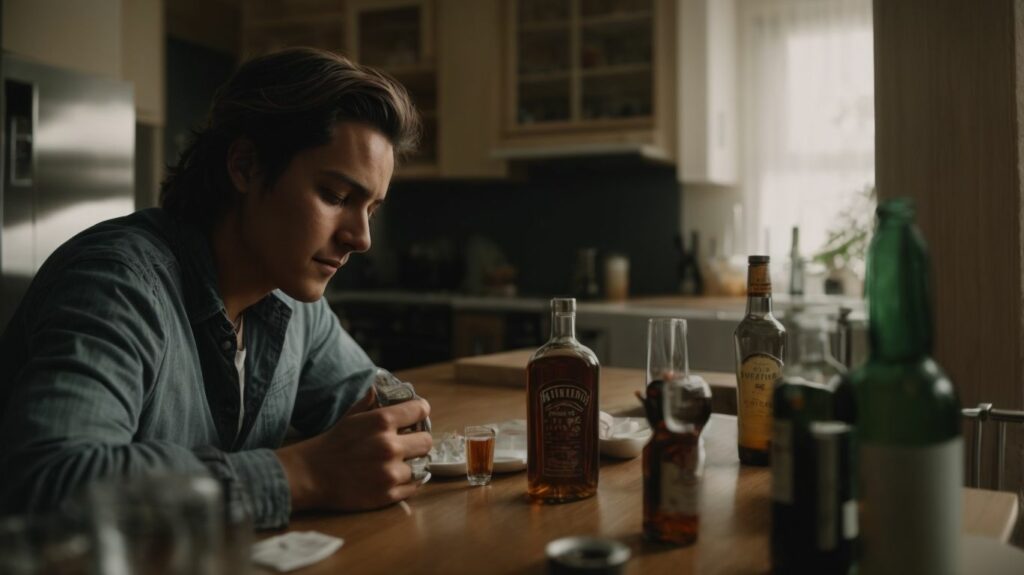
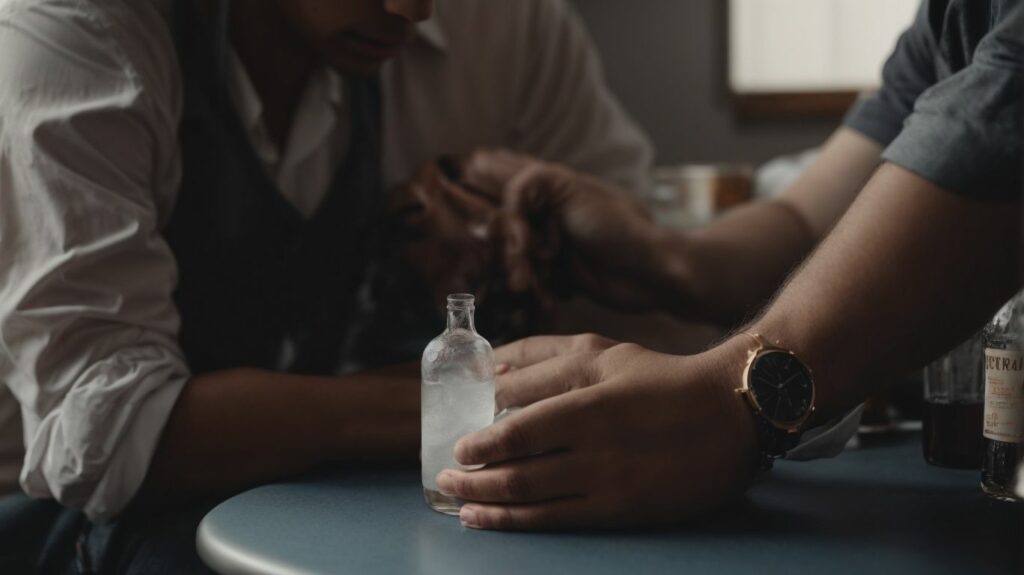










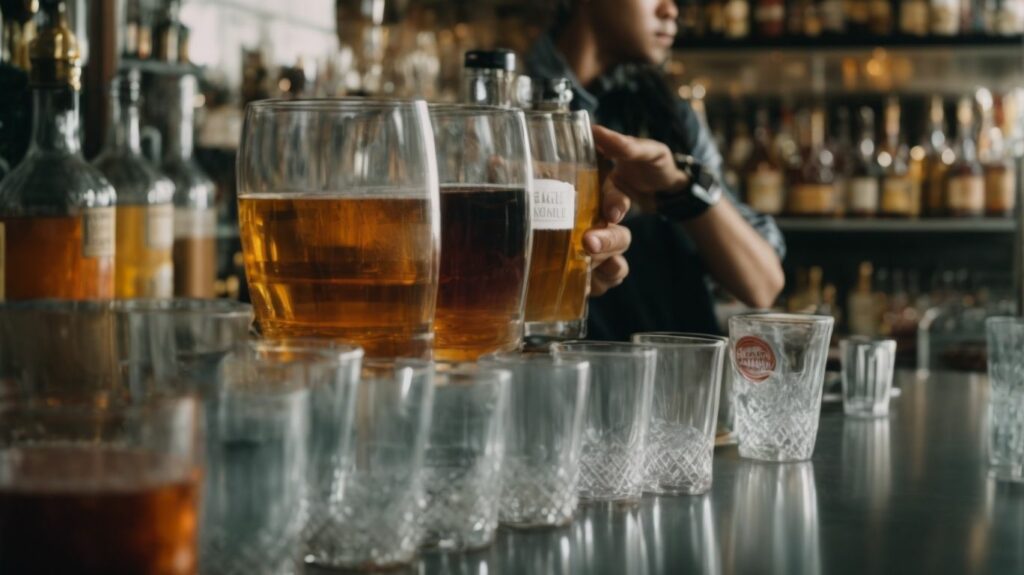









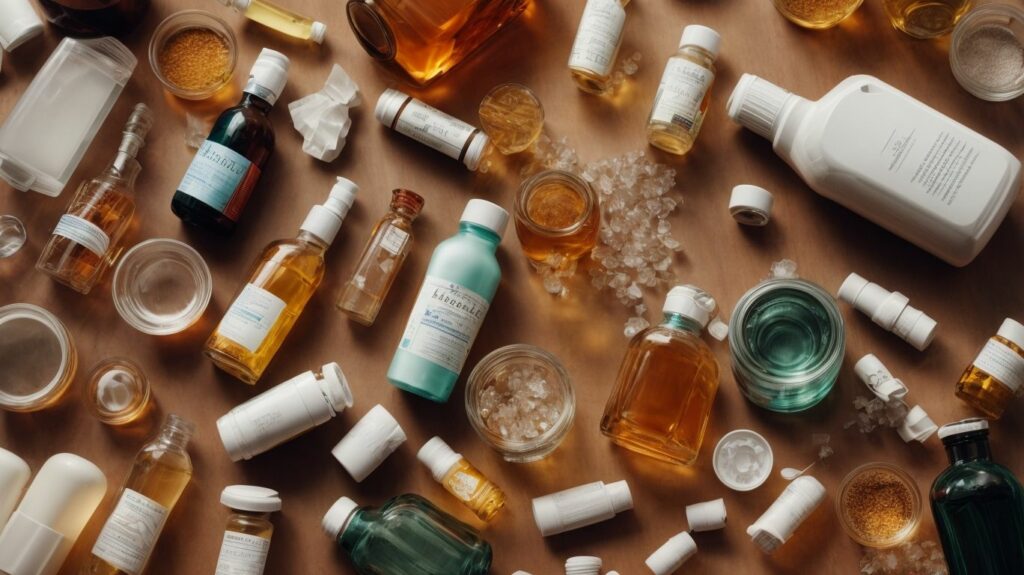
















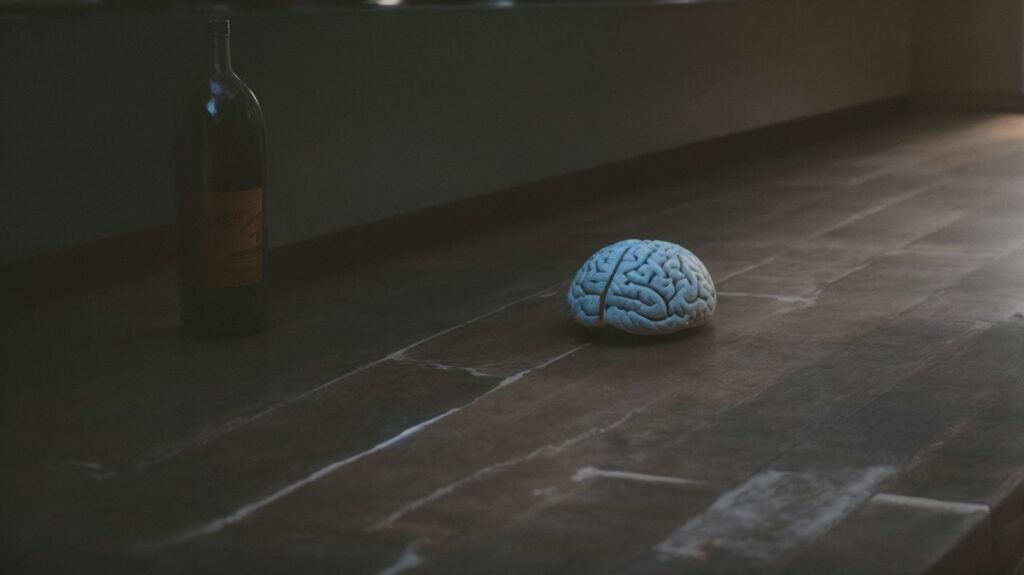


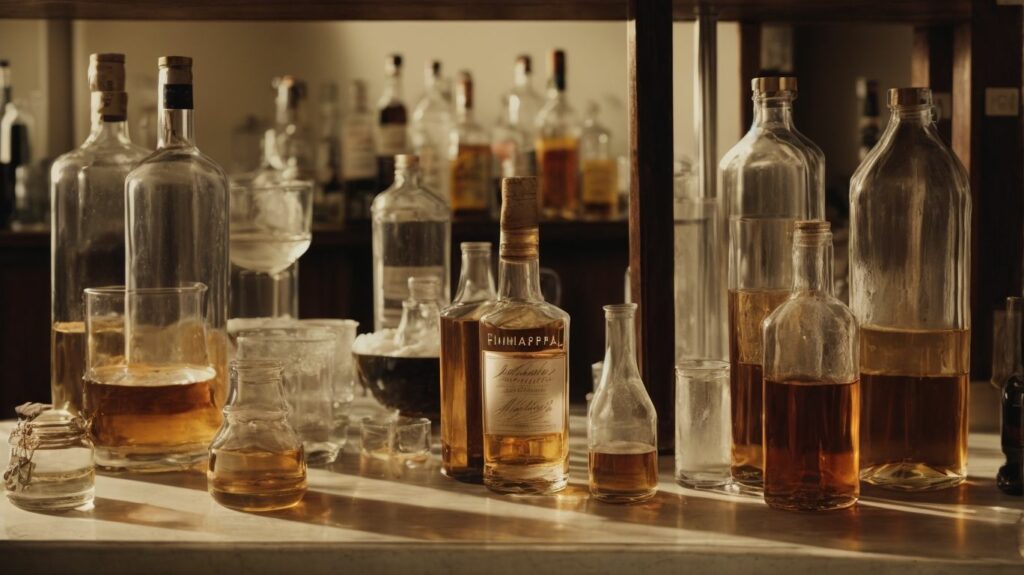


















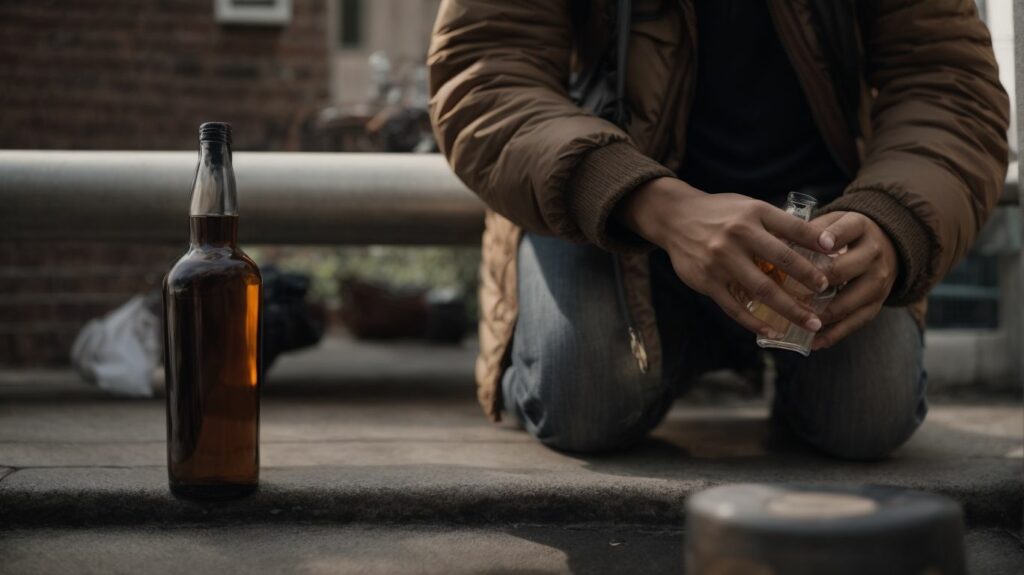
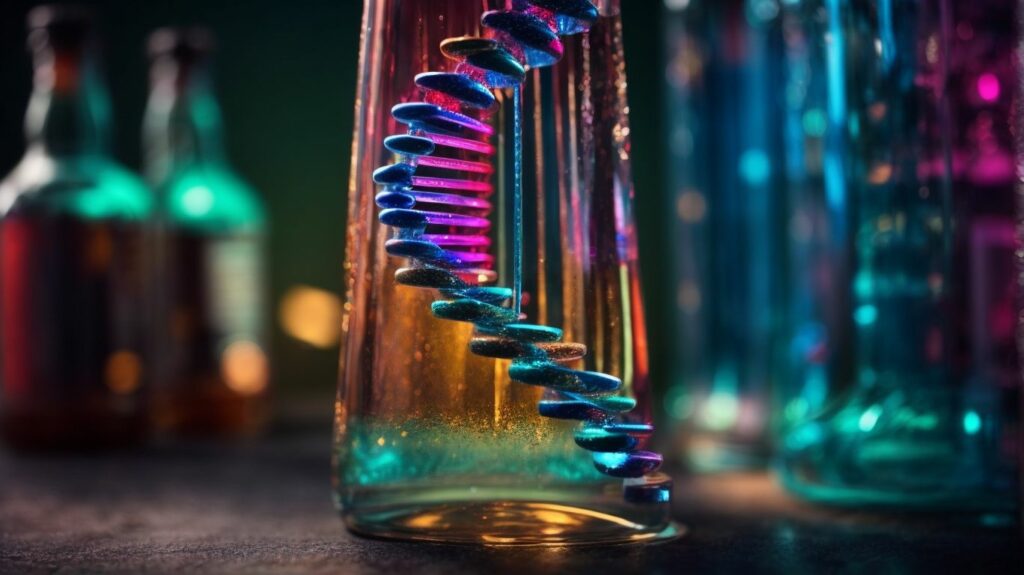


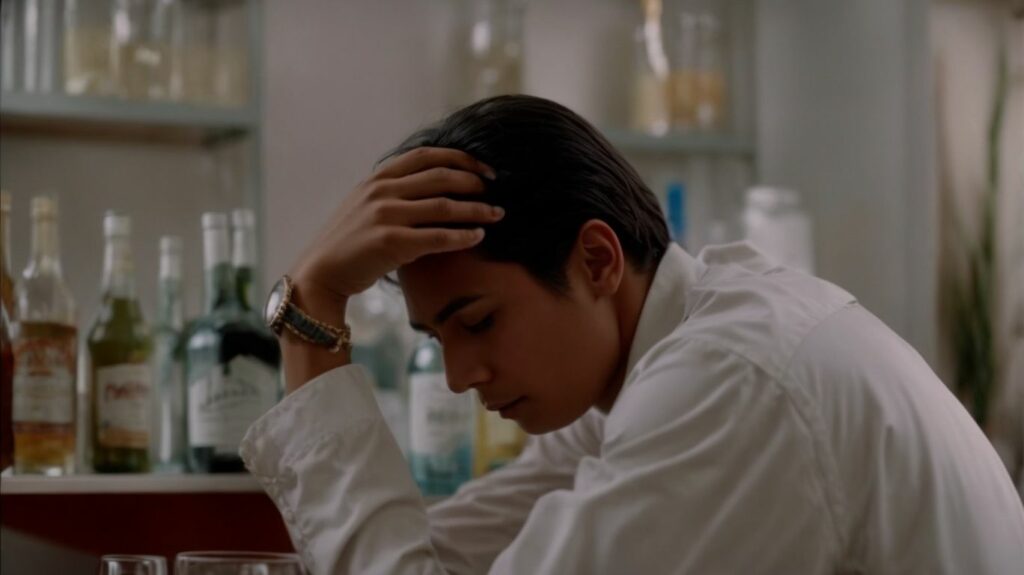


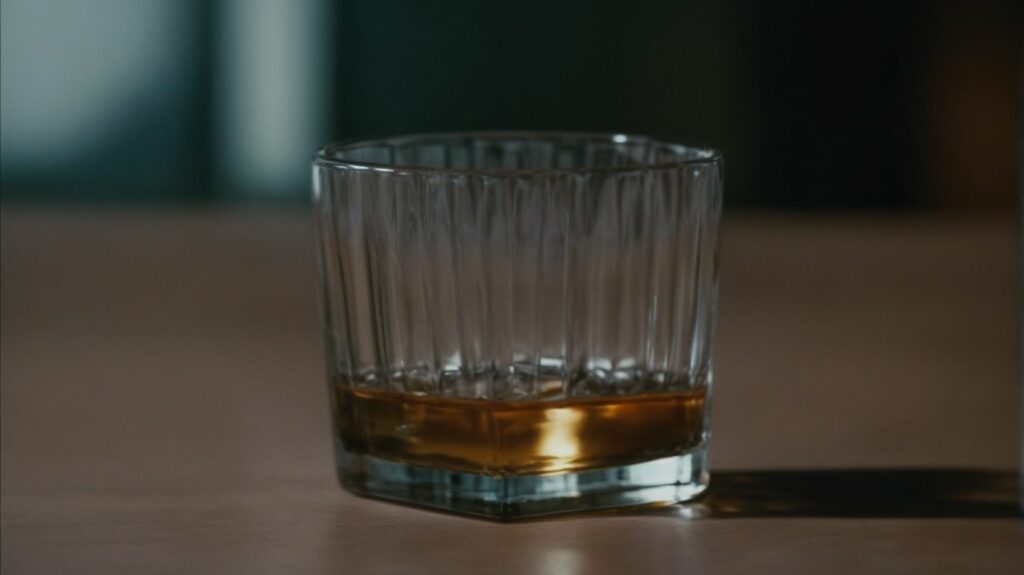






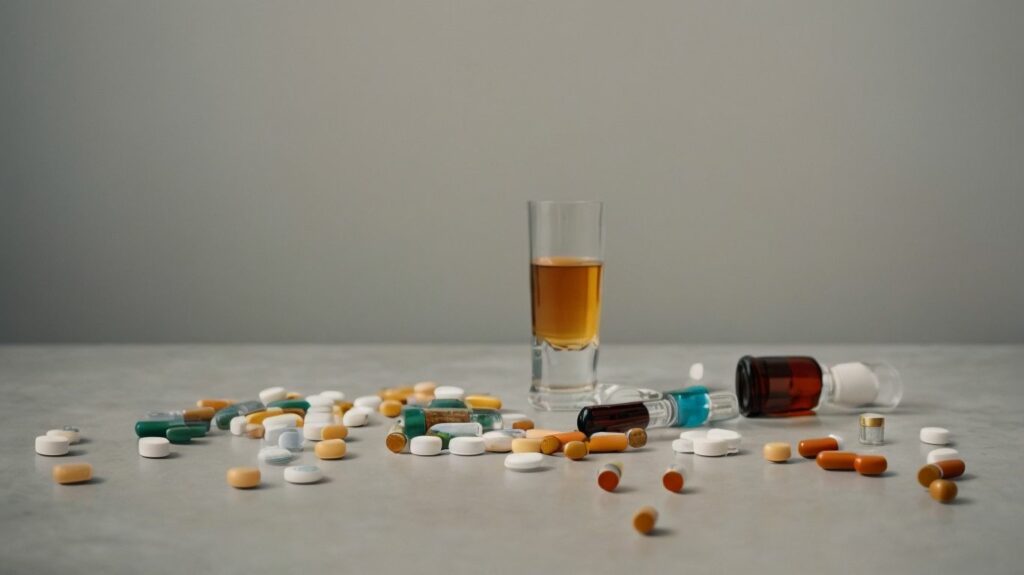



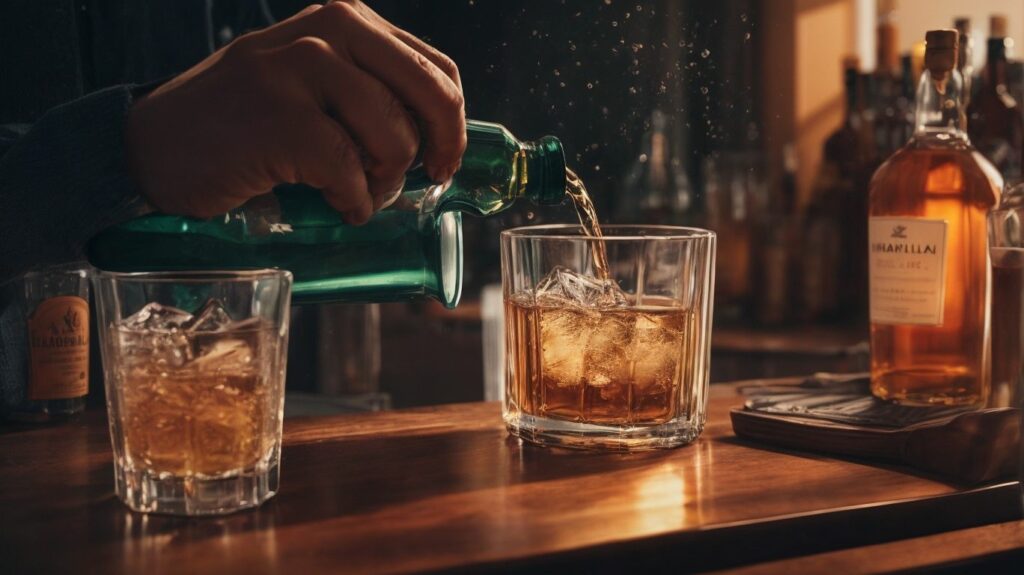




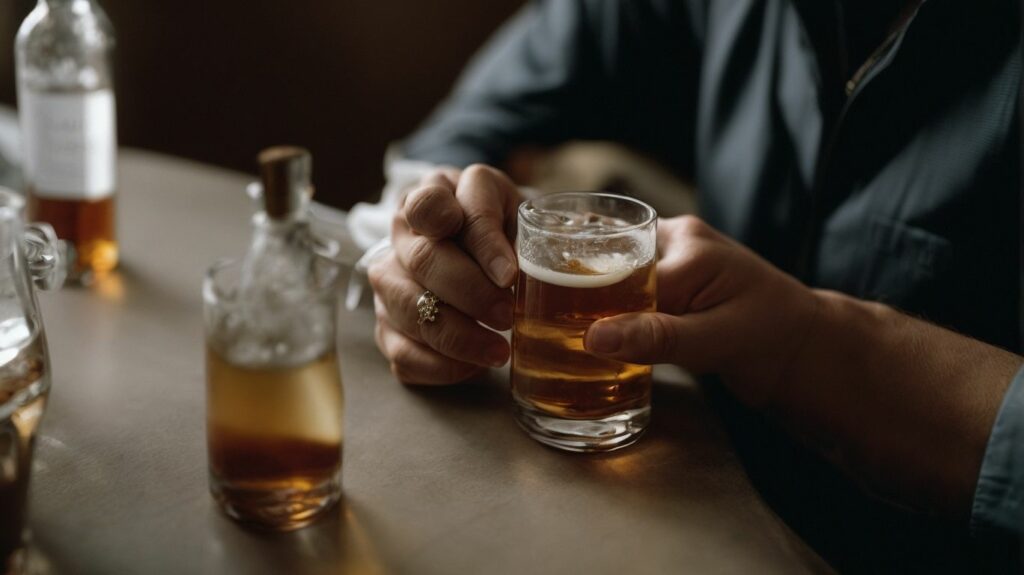


We Aim To Reply To All Enquiries With-in 24-Hours